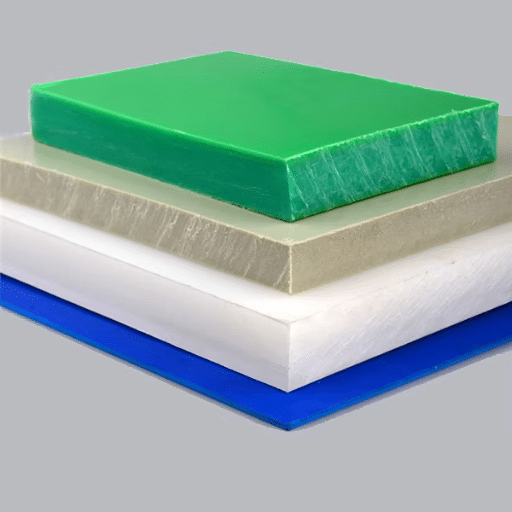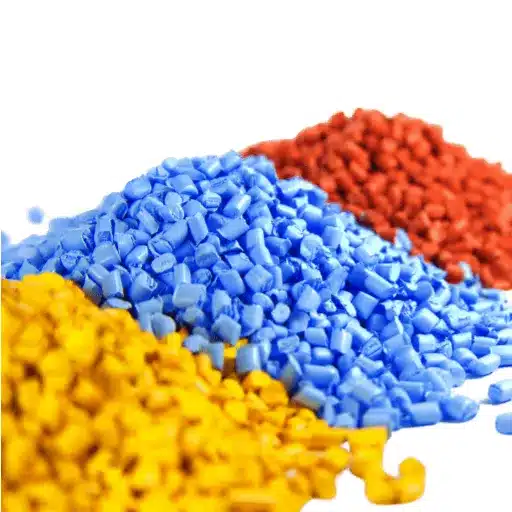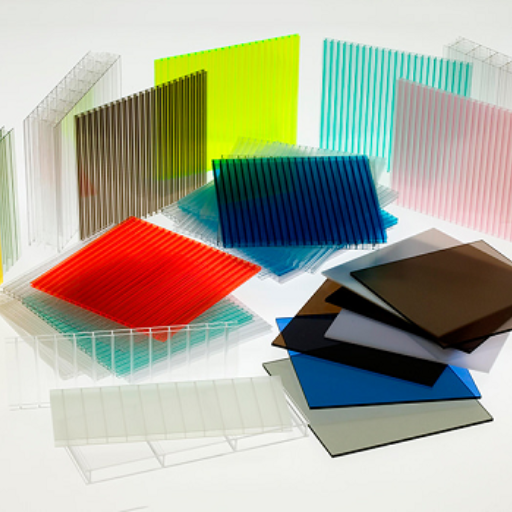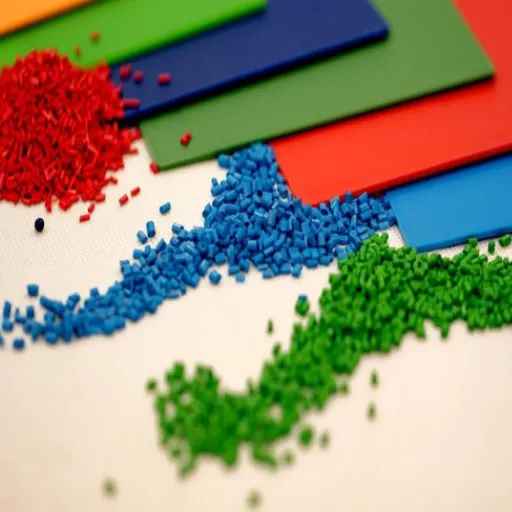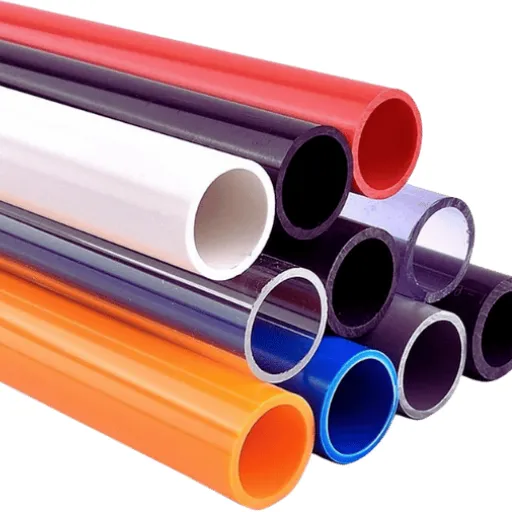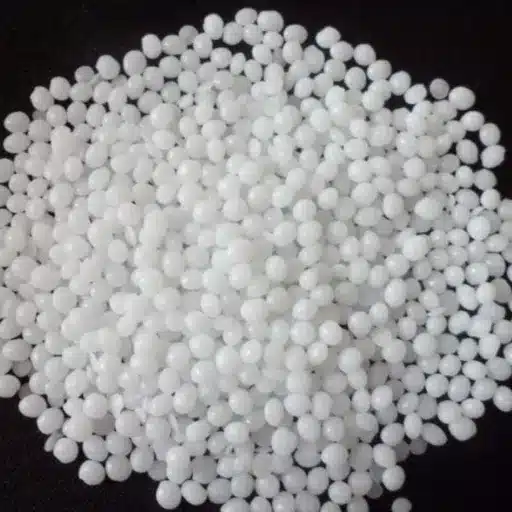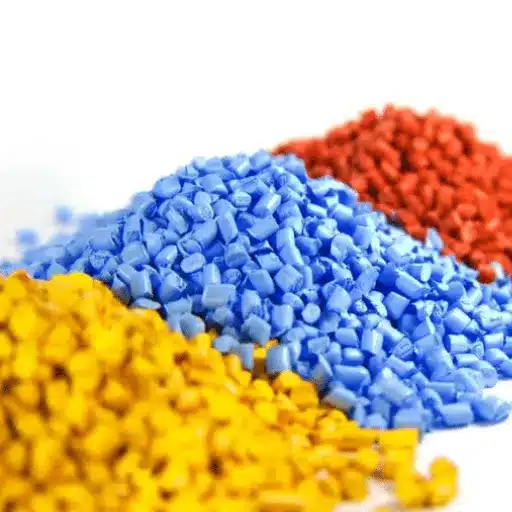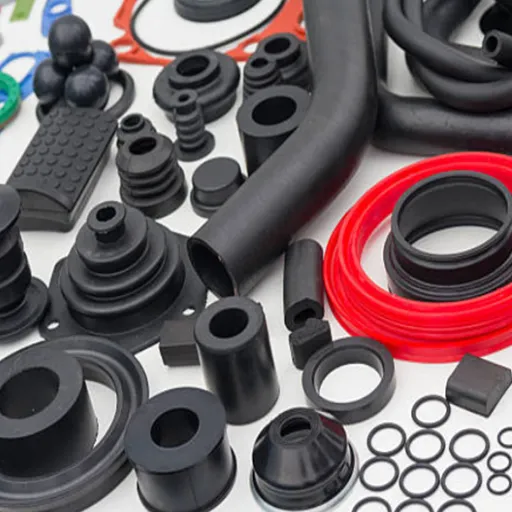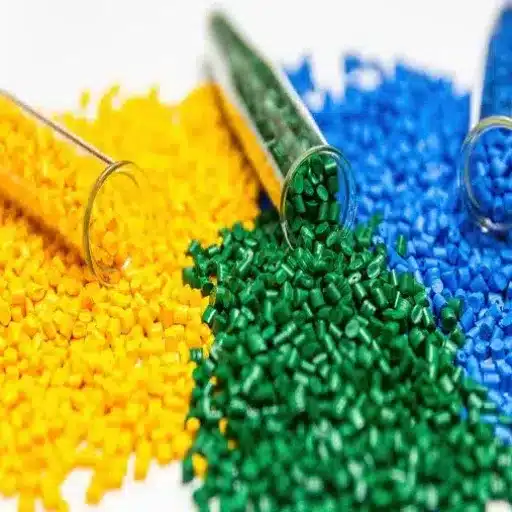Acrylonitrile Butadiene Styrene, or simply ABS, is one of the most versatile plastics and therefore most widely used thermoplastics today. It is known for its balance of mechanical strength, rigidity, and thermal resistance; many industries have thereby come to depend on ABS, from automobile manufacturing to consumer electronics to 3D printing. So what makes ABS so popular and so versatile that it finds use in so many applications?
Definition of ABS Material

What is Acrylonitrile Butadiene Styrene?
Acrylonitrile Butadiene Styrene or ABS, as it is commonly called, is a sturdy and very versatile thermoplastic polymer. There are three main monomers in ABS:
Acrylonitrile
Grants chemical resistance and heat stability to the polymer
Butadiene
Imparts toughness and impact resistance
Styrene
Gives rigidity and prepares it for a glossy surface finish
This special combination renders ABS medium for myriad uses. Majorly characterized by properties balancing strength and flexibility, ABS is very light and hence can withstand impacts-thin automotive parts may be made or consumer electronics from these.
Key Advantage: ABS can be processed in a number of ways, including injection molding or 3D printing, making this material attractive for both industrial and creative applications.
Chemical Composition of ABS Plastic
ABS (Acrylonitrile Butadiene Styrene) is a thermoplastic polymer comprising three major monomer units. During ABS polymerization, these components are combined either by means of an emulsion or by a continuous mass. The manufacturers can then vary the relative ratios of the components as dictated by requirements for specific applications.
For blending with other materials or additives like flame retardants, UV stabilizers, or fillers to improve other performance aspects, its composition acts in favor. Such versatility is what accounts for ABS having found application in many industries.
Properties of ABS
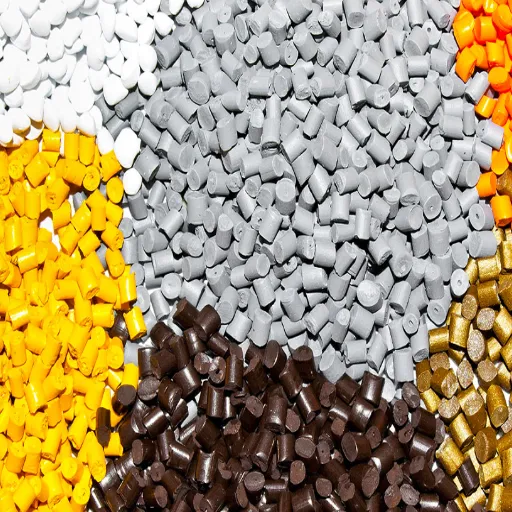
Key Properties of ABS Material
ABS presents a set of properties that are unique and hence imply a very wide set of applications upon it. These primary characteristics include:
Mechanical Strength and Impact Resistance
ABS offers excellent impact resistance and high tensile strength even at low temperatures. Its tensile strength generally ranges from 40 to 50 MPa, depending upon its grade and formulations.
Thermal Stability
Generally, the temperature ranges from -20°C to 100°C, providing good resistance to thermal changes. ABS has a Tg of around 105°C, ensuring dimensional stability at moderate heat exposure.
Chemical Resistance
Resistance to various chemicals, including acids and alkali,s and many types of oils. Less resistant to strong solvents such as ketones or esters.
Lightweight with High Stiffness-to-Weight Ratio
With an average density of 1.04 g/cm³, it provides sufficient rigidity while being lightweight compared to metals.
Easy Processing and Manufacturing
ABS is manufactured by injection molding, 3D printing, and extrusion, allowing the manufacture of complex and detailed parts at lower costs.
Electrical Insulation Properties
ABS acts as a quality electrical insulator with dielectric strength ranging from 10 to 20 kV/mm, depending upon formulation and thickness.
Strength and Durability of ABS
ABS has a name of eminence for strength and durability. This material resists an impact force of quite a high magnitude without cracking. Key strength characteristics include:
- Tensile Strength: Usually between 4,100 and 6,600 psi, depending on grades and additives
- Heat Deflection Temperature (HDT): Range of 176 to 221°F depending on formulation
- Abrasion Resistance: Excellent resistance to surface wear in continuous use
- Chemical Degradation: Improved resistance through specific additives
Impact Resistance and Heat Tolerance
Acrylonitrile Butadiene Styrene is known as a material with very high impact resistance, mainly due to the structure of polymer molecules providing the toughness of butadiene and the strength of acrylonitrile.
Performance Data: Impact resistance studies on ABS formulations yielded values of 60 to 150 J/m, depending on the grade and processing conditions of the material. Heat deflection temperature ranges between 85°C and 100°C for standard grades, which can be improved to over 110°C using reinforced composites or thermal stabilizers.
Applications of ABS Material
Common Applications of ABS in Manufacturing
Automotive Industry
Dashboard, wheel covers, and interior trim parts. Great performance in automotive settings with mechanical stress and temperature fluctuations.
Electronics
Electronic housings for televisions, remote controls, and keyboards. An estimated 35% of worldwide ABS output is consumed by electronics.
Building Materials
Pipeline, fittings, and showerhead applications. Ideal for plumbing and structural applications due to corrosion resistance.
3D Printing
ABS accounts for nearly 20% of thermoplastics used on desktop 3D printing systems for prototypes and end-use parts.
Household Appliances
Vacuum cleaner housings, helmets, and kitchenware where rigidity and impact resistance are required.
Uses of ABS in Automotive and Consumer Goods
- Car Interior Components: Dashboards, door panels, and pillar trims with a good strength-to-weight ratio and varied texture finishing options
- Exterior Bumpers and Protective Parts: High-impact resistance for automobile bumpers and exterior protective components
- Electronics Casings: Main plastic for TV, laptop, and smartphone casings with electrical insulation and heat resistance
- Household Appliance Components: Vacuum cleaners, blenders, and refrigerators for durability and lightweight handling
- Children’s Toys: LEGO bricks and other toys for non-toxic, durable, and safe play experiences
ABS in Electronics and 3D Printing
- Electronic Housings: Cases for remote controls, laptops, and cellphones with structural integrity and impact resistance
- Electrical Insulator Components: Circuit board housings and electrical components with non-conductive safety properties
- Filament for 3D Printers: Dimensional stability with extrusion temperatures between 210°C and 250°C
- Prototyping and Modeling: Rapid prototyping for the automotive and aerospace industries due to ease of machining
- Connectors and Accessories: Plugs and small electronic device components requiring flexibility and toughness
Advantages and Disadvantages of ABS Plastic
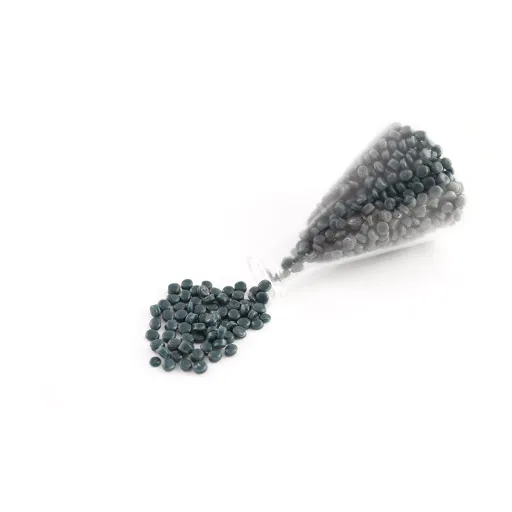
Benefits of Using ABS Material
High Impact Resistance
Impact strength of 20-30 kJ/m² depending on specific grade, making it highly durable under stress
Thermal Stability
Glass transition temperature around 105°C, maintaining dimensional stability under temperature changes
Ease of Machining
Low melting temperature (200-230°C) during processing, reducing production costs and enhancing efficiency
Excellent Surface Finish
Smooth surface that can be painted, plated, or dyed for aesthetic or functional requirements
Cost-Effectiveness
Prices range between $1.50-$2.50 per kg, providing an excellent performance-to-cost ratio
Limitations and Drawbacks of ABS Plastic
- Limited Thermal Resistance: Maximum service temperature of 176°F to 221°F (80°C to 105°C)
- Poor Weather Resistant Properties: UV rays cause discoloration, surface cracking, and mechanical property deterioration
- Solvent Stress Cracking: Susceptible to acetone and ethyl acetate interaction, causing material softening
- Relatively Low Hardness: Lower scratch resistance compared to polycarbonate or PET
- Environmental Concerns: Not biodegradable and derived from petroleum-based resources
Comparing ABS with Other Plastics
| Aspect | ABS | PP | PC | Acrylic | PLA |
|---|---|---|---|---|---|
| Price | Moderate | Low | High | Moderate | Low |
| Toughness | High | Moderate | Very High | Moderate | Low |
| Elasticity | Moderate | High | Moderate | Low | Low |
| Thermal Resistance | High | Moderate | Very High | Moderate | Low |
| Sunlight Resistance | Low | Moderate | High | High | Low |
| Longevity | High | High | Very High | Moderate | Low |
| Clarity | Opaque | Opaque | Transparent | Transparent | Opaque |
| Eco-Impact | Low | Moderate | Low | Moderate | High |
Sustainability and Environmental Impact
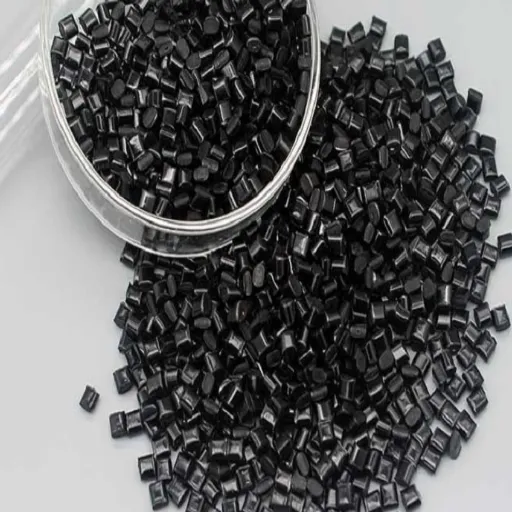
Recyclability of ABS Material
ABS is partially recyclable in some instances, whereby its mechanical processing may allow for re-utilization. The question of ABS recyclability is largely dependent upon its collection, sorting, and processing methods.
Recycling Process: Being a thermoplastic in nature, ABS can be heated, melted, and reshaped numerous times. However, mechanical recycling necessitates separation from others to avoid contamination, usually carried out with near-infrared (NIR) sorting systems.
Alternative advanced chemical recycling methods like depolymerization and pyrolysis are being explored as promising approaches. Through these, ABS can be broken down into monomers for higher-grade reuse, consequently promoting closed-loop recycling.
Eco-Friendly Alternatives to ABS Plastic
- PLA (Polylactic Acid): Thermoplastic material from renewable resources like cornstarch or sugarcane, biodegradable and suitable for 3D printing
- Recycled Polycarbonate (PC): From recycling or plant-based sources with high impact resistance and clarity comparable to ABS
- Bio-based Polyethylene (PE): Made from sugarcane ethanol, reducing dependency on fossil fuels while maintaining traditional PE properties
- Natural Fiber Composites: Blends using hemp, flax, or bamboo combined with bio-resins or recycled plastics
Making Informed Decisions about ABS in Manufacturing
While one evaluates the use of ABS in manufacturing, there has to be a balance between its performance and the environment. Manufacturers should look into the ABS lifecycle analysis and potential new alternatives by examining key metrics such as:
- Carbon footprint
- Energy consumption
- Recyclability
- Closed-loop recycling potential
- Material waste reduction through additive manufacturing
Frequently Asked Questions (FAQ)
A: ABS is an acronym for acrylonitrile-butadiene-styrene. ABS is a thermoplastic polymer possessing really good performance and versatility, used in many applications such as automotive parts, domestic appliances, and 3D printing.
A: It is hard because of impact and abrasion resistance; it also has very strong electrical insulating properties. These properties have maintained ABS’s position among various materials for applications ranging from injection molding to 3D printing.
A: ABS plastic is a popular three-dimensional printing material that confers strength and durability during the process. ABS 3D printing utilizes ABS filament, which provides robust ABS parts under various stresses and strains.
A: ABS finds uses in toys, automotive components, and electronic housings. This flexibility makes ABS a favored material in industries and for consumer creations.
A: While printing with ABS, the heated bed may be set at about 100°C, and the extrusion temperature may be set anywhere between 220-250°C.
A: ABS parts can be produced either by injection molding or 3D printing. You might want to choose 3D printing to create custom parts with ABS filament that will satisfy certain requirements.
A: ABS plastic is considered a popular material because of its excellent mechanical properties, great impact resistance, and versatility. The consumer goods and industrial applications industries usually produce things out of ABS.
A: Withstanding impacts is one of the striking features of ABS, resisting sudden shocks and damages brought about by impacts. It is hence suitable for applications where strong durability is pronouncedly required.
A: Yes, it can be recycled, contributing to sustainability factors. Recycled ABS is often used to produce various plastic goods, thereby limiting plastic waste.
References
- Characterization of ABS material: A review – This paper discusses the theoretical study of ABS material with metallization, thermal decomposition, and polymeric properties.
- Dissertation on Properties of Material Concerning ABS – This thesis considers the properties of Acrylonitrile Butadiene Styrene (ABS) and its use in composite materials.
- Dynamic Mechanical Properties of ABS Material – The study related to dynamic mechanical analysis of ABS material produced through fused deposition modeling (FDM).






